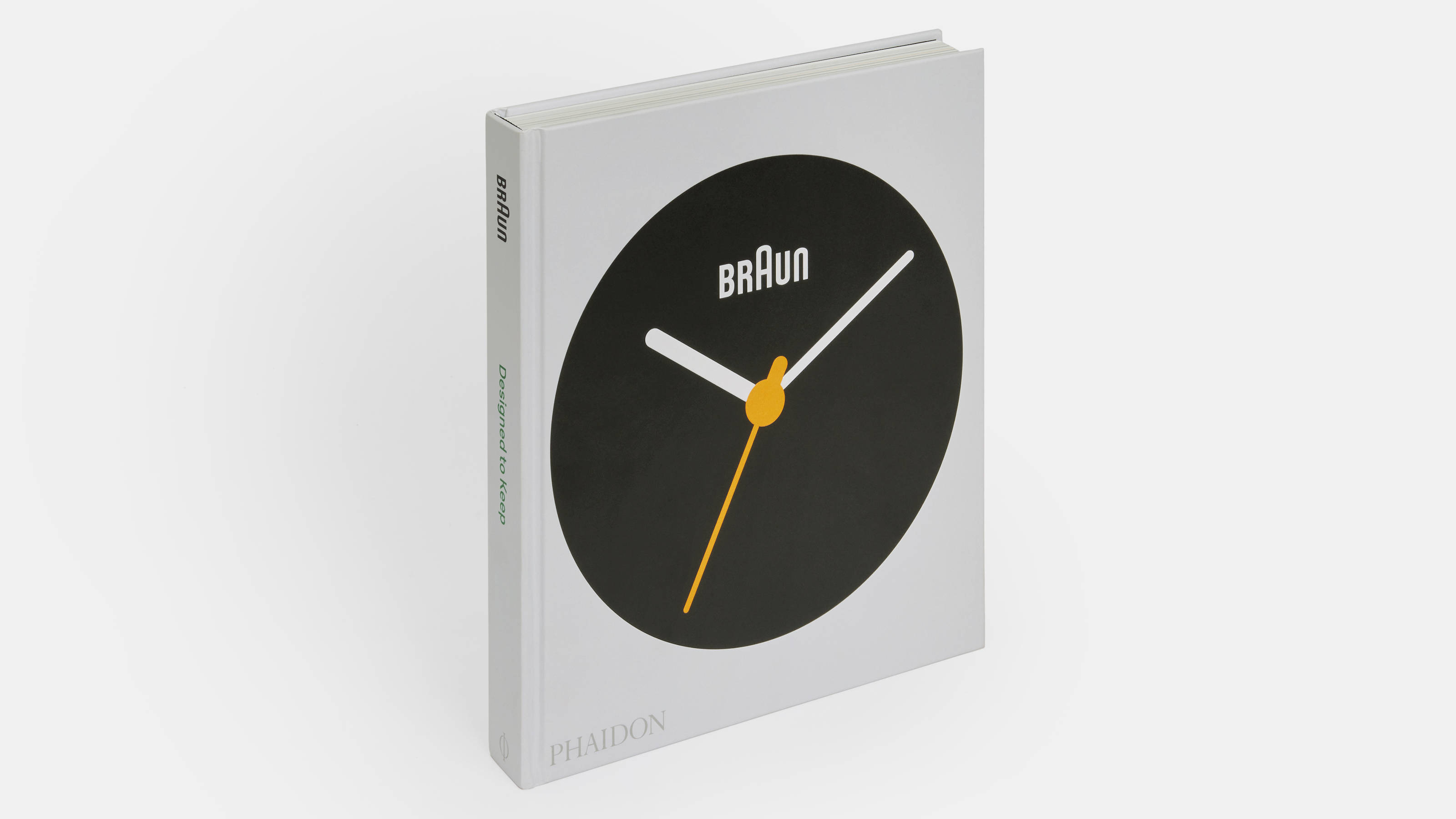
The work of Dieter Rams and his subsequent elevation to design god and guru is well chronicled, both in exhibitions, collections and books, including Sophie Lovell’s definitive Dieter Rams: As Little Design As Possible (2011). Klaus Kemp adds to the oeuvre with this detailed look at the company that enjoyed such a mutually beneficial relationship with Rams, Braun.
'Braun: Designed to Keep', published by Phaidon
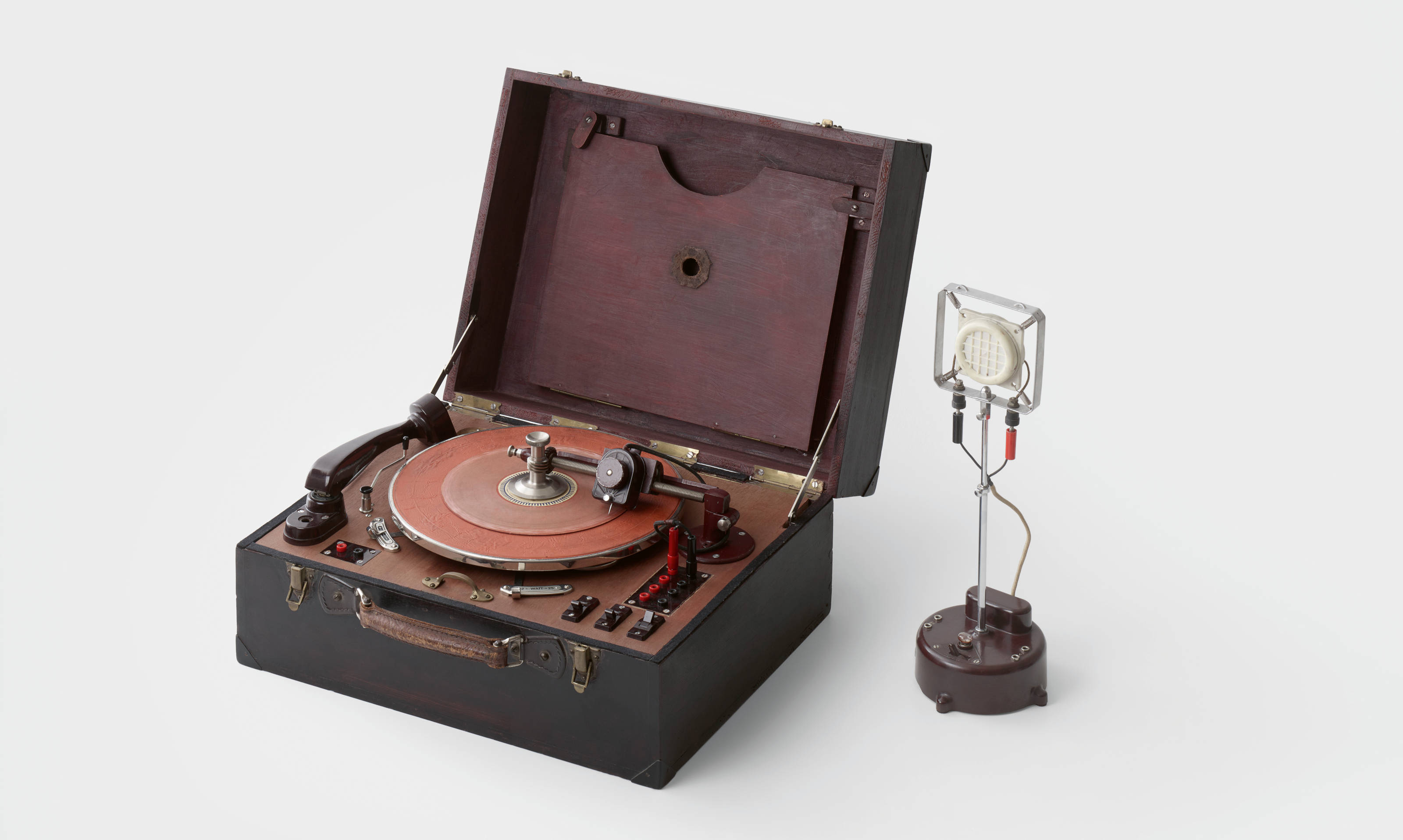
In Braun: Designed to Keep, published by Phaidon, Klemp considers the history and influence of this German manufacturing powerhouse. Max Braun set up his first workshop in Frankfurt in 1921 to capitalise on the rising public demand for radio. Expansion was rapid, especially after Braun focused on making high-quality components for other manufacturers to buy, and branches and factories opened across Europe.
Subsequently co-opted in the Nazi war machine, for which the company produced flashlights, walkie-talkies and other military componentry, the Braun factory was extensively damaged by bombing. It survived to become one of the pillars of reconstruction and the introduction of the pioneering S50 electric shaver in 1950 transformed Braun’s fortunes.
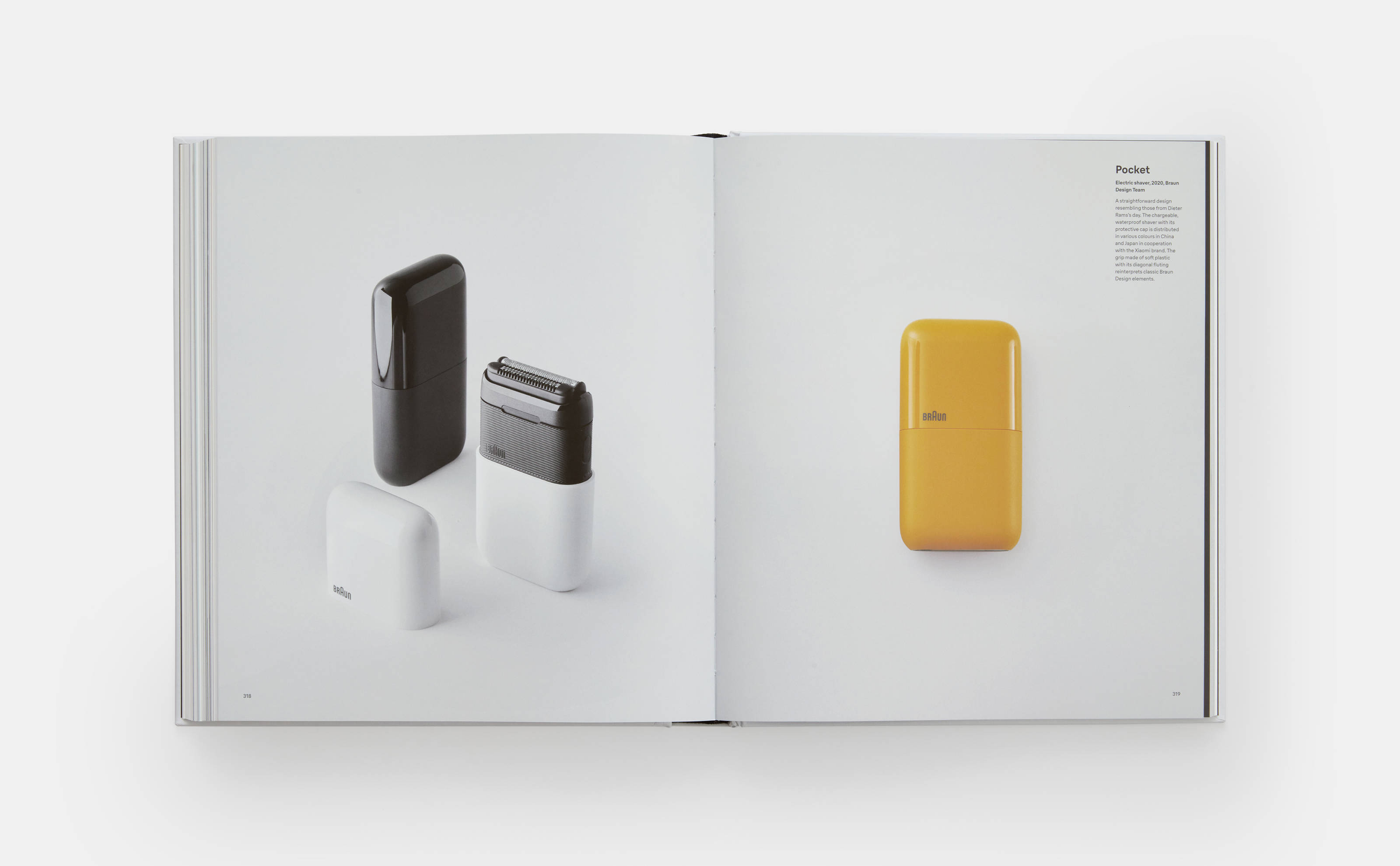
Max Braun died in 1951 and his sons Artur and Erwin took over, taking the company into a new era of prominence. Domestic goods now made up a substantial proportion of its output, from electronics to kitchen appliances. The consumer revolution was under way, and together with smart marketing and presentation – some of which is reproduced here – and a focus on design, Braun became shorthand for reliable, no-nonsense modernist goods.
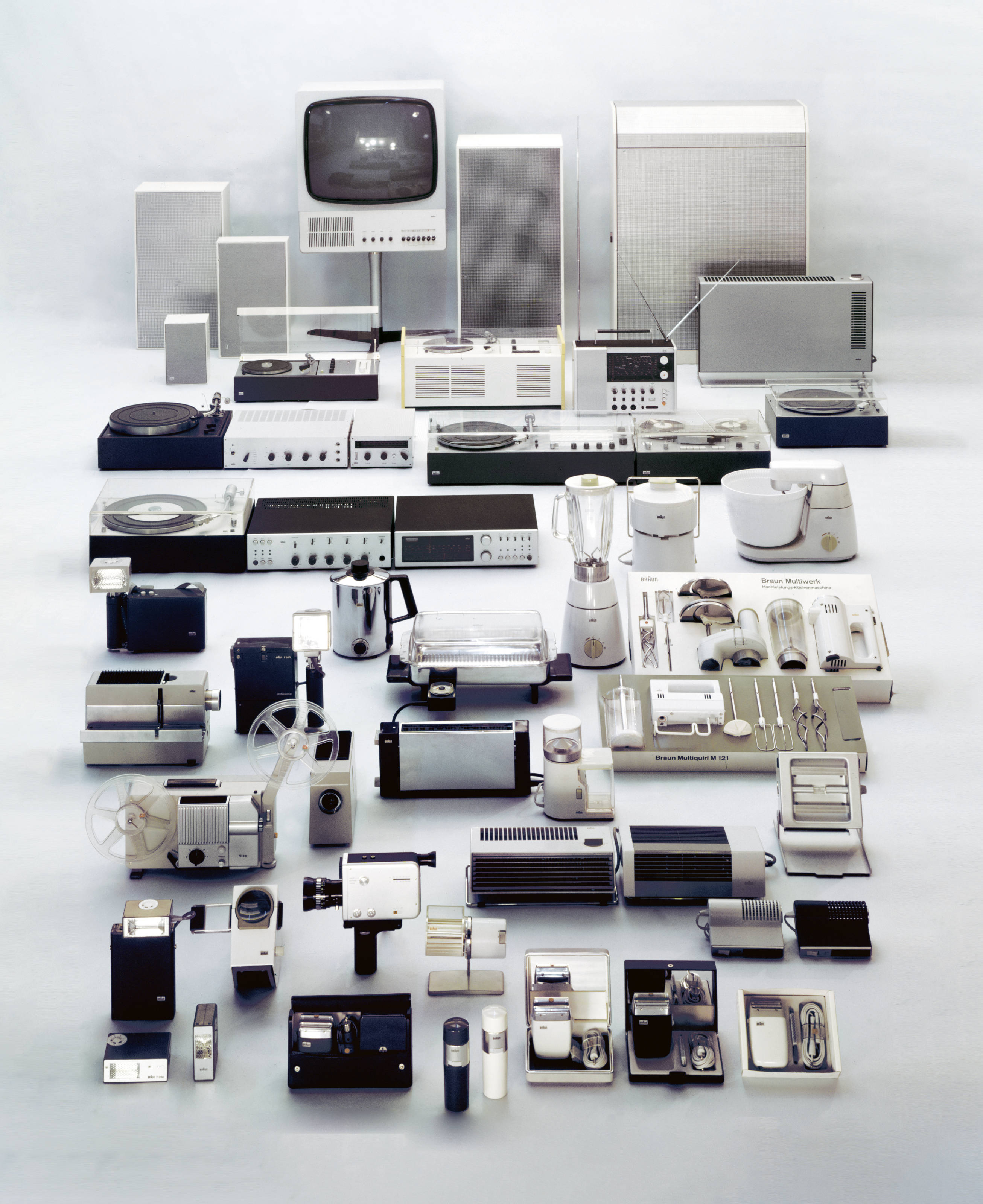
After a spell of collaborating on graphics and product design with Otl Eicher, Inge Aicher-Scholl and Hans Gugelot from the Ulm School of Design, the spiritual successor to the Bauhaus (the bulk of the work was done by Gugelot), the company turned to Rams, who had joined in July 1955 as a product designer. From 1961 until 1997, he was Braun’s head designer. The book covers the ins and outs of this bold decision to bring product design in-house, and how Rams’ personal philosophy of design bled into the Braun aesthetic.
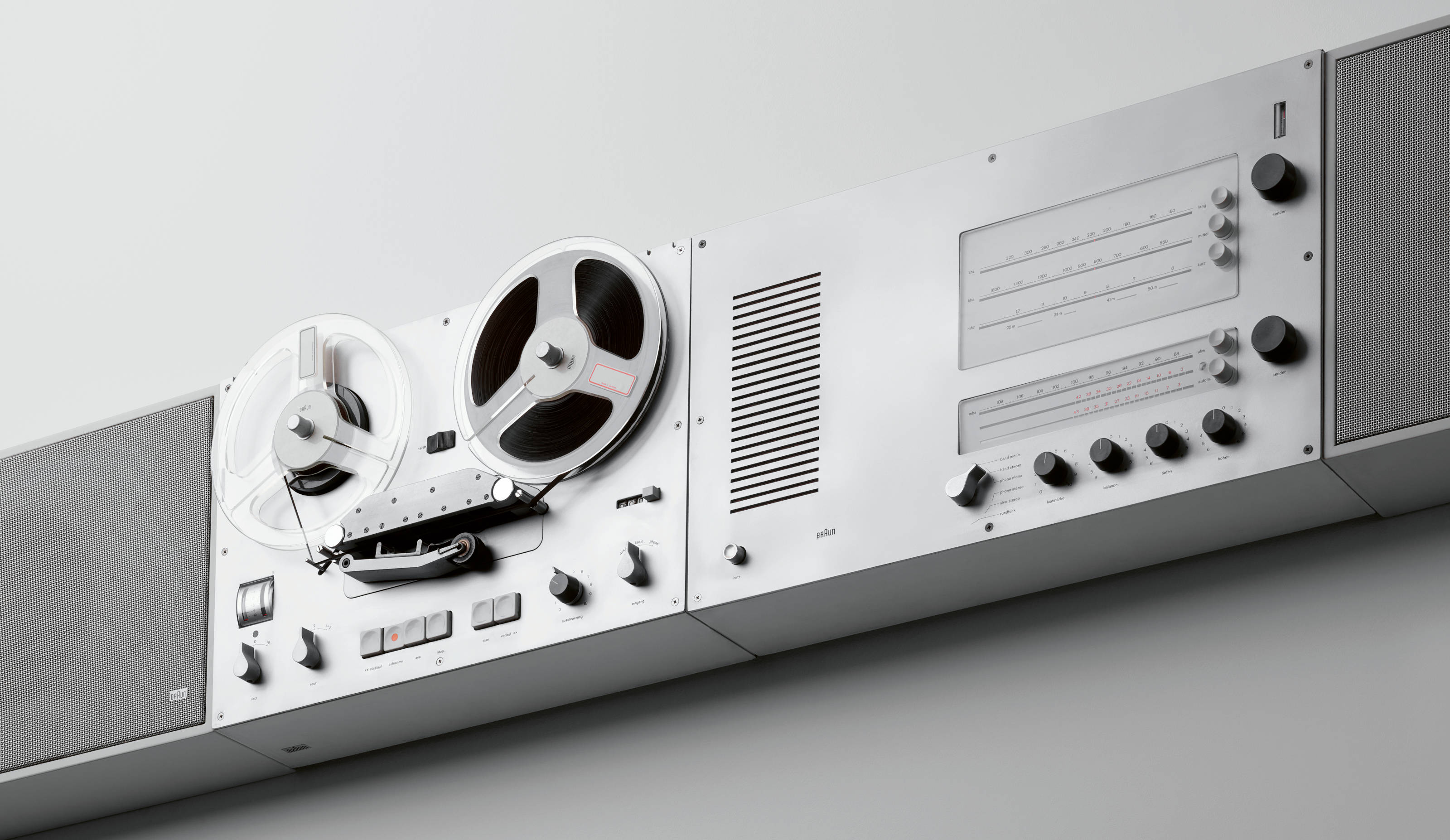
Klemp, a design curator and professor at the Ulm School, captures the company’s key products, tracking how technological advances were filtered down into mass manufacturing and how and why the Braun design aesthetic has never wavered, right up to modern day collaborations with the likes of Virgil Abloh. As well as advertising and archive imagery, there is excellent all-new photography of classics from the corporate archive. A comprehensive and covetable overview of one of the greatest modern manufacturers.
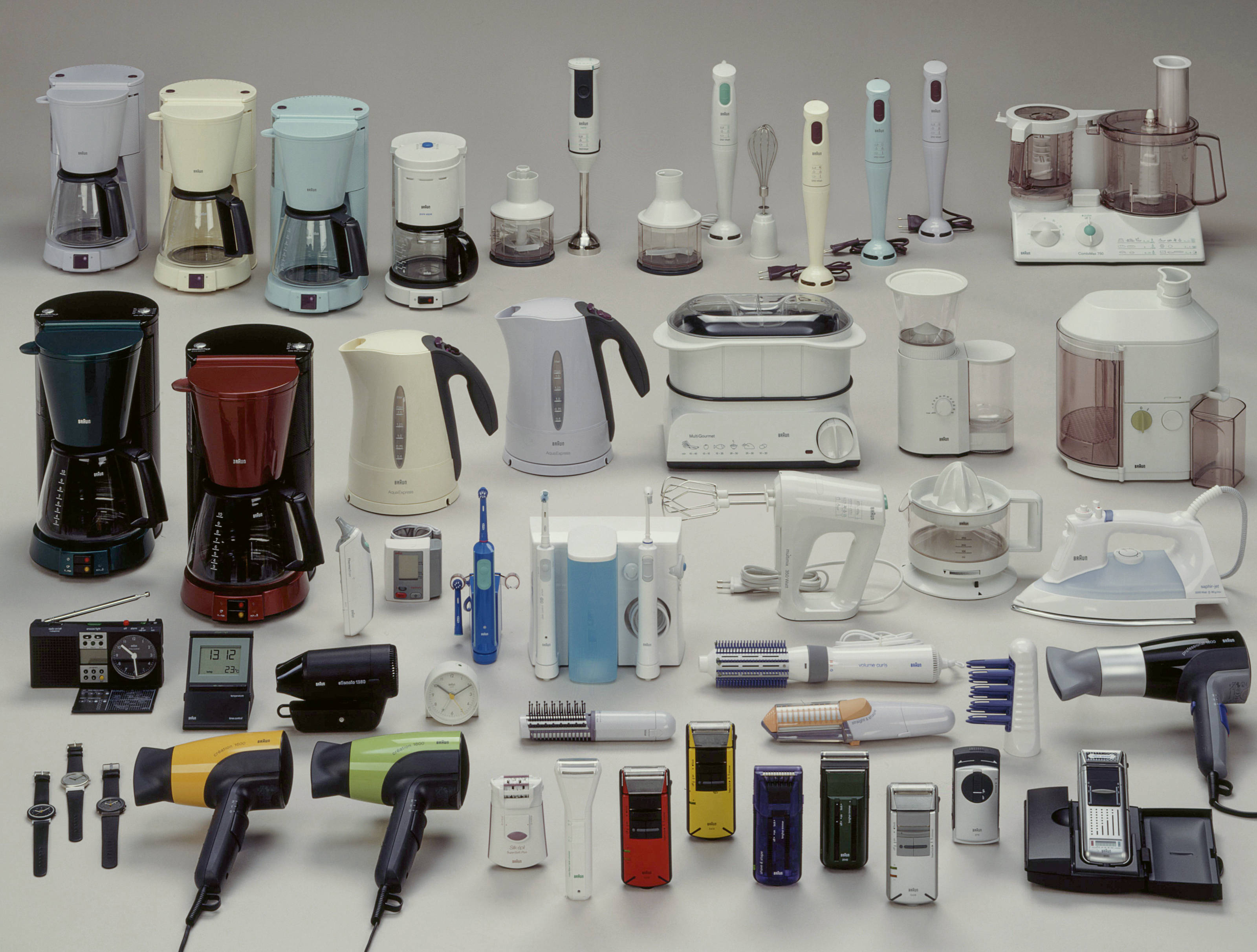
Braun: Designed to Keep, Klaus Klemp, Phaidon, £59.95, Phaidon.com







